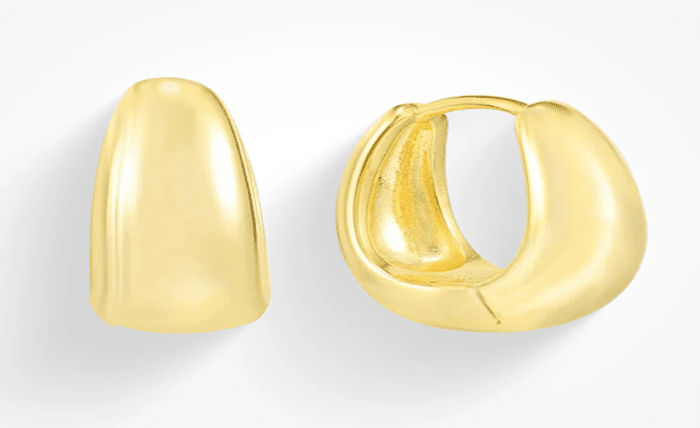Jewelry is more than just a way to accessorize; it’s a window into history, identity, and belief systems. Across the globe, cultures have embraced jewelry to represent power, express individuality, and tell stories. Let’s take a closer look at how jewelry traditions vary across different parts of the world and why they remain significant to this day.
The Universal Language of Jewelry
Every culture has its own relationship with ornaments and adornments. Some communities use jewelry to mark special occasions, while others see it as a way to connect with the spiritual realm. The common thread? Jewelry Evry Jewels holds meaning far deeper than its glittering exterior.
Jewelry as a Status Symbol
In many cultures, jewelry represents wealth and status. For instance, ancient Egyptians adorned themselves with gold jewelry to demonstrate power and divine connection. Gold, a symbol of eternity, wasn’t just for the living; it was also placed in tombs to accompany the deceased into the afterlife.
In modern-day India, gold is still synonymous with prosperity. During weddings, families gift elaborate gold ornaments to brides, signifying both good fortune and financial security.
Regional Influences on Jewelry Traditions
Different parts of the world have unique styles of traditional jewelry, each influenced by history, environment, and social customs.
Asian Jewelry
In Asian cultures, jewelry traditions are deeply tied to spirituality and heritage.
- China: Jade is prized for its beauty and spiritual significance. This green stone represents purity, wisdom, and protection, making jade jewelry a common heirloom passed through generations.
- India: From nose rings to anklets, Indian jewelry designs are often intricate and symbolic. The mangalsutra, a necklace worn by married women, represents marital commitment, while bangles are associated with health and prosperity.
- Japan: Subtle and elegant, Japanese jewelry often incorporates materials like pearls and precious metals. Samurai once wore ornamental swords, which functioned as both tools of war and symbols of social rank.
European Jewelry
European jewelry traditions reflect opulence and artistry. During the Renaissance, intricate gold necklaces and gem-encrusted brooches were all the rage among the elite.
Even today, Europe remains a hub for fine jewelry craftsmanship. French designer jewelry brands like Cartier and Van Cleef & Arpels are renowned worldwide for their elegance.
African Jewelry
African traditional jewelry is a vibrant celebration of color, texture, and cultural identity. From Maasai beadwork in Kenya to Berber silver jewelry in North Africa, each design tells a story about tribal affiliation, social status, and even personal achievements.
For example, the use of beaded jewelry by the Maasai is not just decorative. The arrangement of colors conveys messages about a person’s life stage, marital status, or family background.
Jewelry’s Role in Celebrations and Rituals
Across cultures, jewelry takes center stage during significant life events. Weddings, festivals, and religious rituals are just some occasions where traditional jewelry plays an essential role.
Weddings
Jewelry is perhaps most famously associated with weddings. For example:
- In Western culture, the engagement ring and wedding band symbolize eternal love. Diamonds, as the saying goes, are forever.
- In Indian weddings, brides are often adorned head-to-toe in gold jewelry as part of a tradition known as “Solah Shringar” (16 adornments).
- In African tribal ceremonies, handmade necklaces and bracelets might symbolize unity between two families.
Religious Significance
Religious rituals also heavily incorporate jewelry. In Christianity, the cross pendant is a widely recognized symbol of faith. Hindu deities are often depicted wearing gold and gemstone jewelry, reflecting their divine nature.
The Evolution of Jewelry in Modern Culture
In contemporary times, jewelry trends have evolved but remain tied to their cultural roots. From minimalist jewelry styles to bold, statement-making pieces, people still use adornments to express themselves.
- Personalized jewelry has become popular, allowing wearers to engrave names, dates, or symbols with personal significance.
- Sustainability is influencing modern jewelry designs, with many opting for ethical and eco-friendly materials.
Why Jewelry Still Matters
Why does jewelry continue to captivate us after centuries? The reasons are as varied as the people who wear it. It’s a way to preserve tradition, showcase artistry, and make statements about who we are.
Whether it’s a family heirloom passed down through generations or a new pair of fashion earrings, jewelry connects us to both our past and future.
In Conclusion
Jewelry is more than an accessory; it’s a universal language of beauty, identity, and tradition. From jade jewelry in Asia to gold ornaments in India, each piece carries a story that transcends time and geography.
So next time you wear your favorite necklace or ring, think about its deeper meaning. You’re not just wearing an accessory—you’re carrying a piece of culture, history, and personal significance with you.




